You spend countless hours editing video content to perfection, writing the perfectly optimized blog post, and putting together the absolute best resources for social media … only to realize that you still have to convince people to actually view your content.
Your content could have the secrets to world peace and curing jet lag, but it doesn’t matter unless people actually see it.
The importance of an effective content promotion strategy can‘t be overstated, but it’s not something that you discover instantly.
Finding your perfect content promotion strategy has a learning curve that every creator has to navigate:
- Picking up momentum with platform algorithms.
- Learning about your target audience.
- Sharpening your marketing skills.
In 2023, the content promotion strategy for my brand and my clients reached well over 25 million people. I‘m an author, service provider, and digital product creator with a blog, YouTube channel, and social media accounts.
My focus platforms are Pinterest and LinkedIn, but I’m also a marketing manager for brands that leverage Facebook, Instagram, TikTok, X, and email marketing.
Here are my no-fluff, actionable tips for how to get there yourself.
Best Tools for Content Promotion
How to Promote Your Content on Social Media
5 Content Promotion Best Practices
How I Promote My Content
Content promotion is simply the process of reminding people about your content, products, or services. But what does that look like in real life?
I’ll walk you through this process using my own brand as an example.
Create Valuable Content
Yes, this is technically not a step in content promotion, but it needs to be said: no amount of marketing will make users care about poor content.
The (sort of) exception to this is a lifestyle brand. Large audiences have been amassed by many creators on TikTok and YouTube for simply sharing their daily lives. It’s a different type of value: entertainment.
These creators turn mundane tasks like cleaning their camping gear or getting ready for work into video content that their target audience loves.
But if you’re not a lifestyle brand, you need to constantly reflect on the value exchange that consumers get from your content.
Here’s an example of a blog post tutorial on my website. This is a piece of free content that funnels readers into a paid product, and it needs to be valuable enough to convince readers to spend money.

Prioritize Search Engines
An Instagram post from five years ago can’t bring you organic traffic, sales, or impressions today, but a blog post, Pinterest image, or YouTube video can.
Why? Because those platforms are search engines.
The most popular search engines include:
- Google/Bing/Ecosia/etc. Primary focus: written content.
- YouTube. Primary focus: video content.
- Pinterest. Primary focus: visual content.
Content marketing efforts go much further when you have platforms that are driving users to your content.
Not only are search engines doing the heavy lifting of getting eyeballs on your content, but it’s also a targeted audience.
Users are actively searching for your content when they Google or search on YouTube, versus being randomly shown something on Facebook or Instagram.
I haven’t published any new content on Pinterest in the last 60 days, but thanks to the nature of the platform, my website has still gotten more than 1.8 million impressions.

Search engines do come with a learning curve, though.
You’ll have to learn search engine optimization (SEO), search intent, and some other technical skills, but you can learn for free with HubSpot Academy.
While it‘s technically possible to get social media users to convert to website traffic, we’re all sick of being told to “just click the link in my bio!” Social media platforms have their place, but they should never be your sole content promotion strategy.
Go From Macro to Micro
A reliable content marketing strategy is the macro-to-micro model: start with a comprehensive piece of content and break it down into as many smaller pieces of content as possible.
Here is an example of that process:
- Write a thorough blog post.
- Break down the big points into 3-5 podcast episodes or YouTube videos.
- Turn those same big points into carousels for Instagram and LinkedIn.
- Leverage individual takeaways and turn those into educational short-form videos for Facebook, Instagram, TikTok, and YouTube Shorts.
- Respond to the questions on your short-form videos, and edit your original blog post to answer any FAQs that you missed when writing.
Look closely, and you’ll notice many big creators leveraging this circular content promotion tactic.
It takes far less effort to use the macro-to-micro content creation model than it does to piece a dozen small ideas into a coherent long-form piece of content. It helps you create focused content that your target audience is interested in.
Here’s an example from my brand. First, I wrote a blog post about working vacations. Then, I used the content to make a YouTube video, send an email to my email list, create Pinterest pins, and write LinkedIn content. I also have a book on this topic.
See how the different pieces of content intertwine?
Choose Promotion Frequency
My advice: Create a sustainable social media strategy — one that you think you can sustain for the next year.
Why a year? Even if you already know the ins and outs of content promotion, you still need time to gain momentum with the different platform algorithms. Content promotion is a process of sowing seeds, tending the land, and waiting for harvest day to come.
The second week of January, content marketing Facebook groups are filled with predictable cries of frustration. “Blogging/Instagram/content marketing is dead!” shout people who have only been promoting content for the last ten days.
It‘s as reliable as New Year’s Eve fireworks.
It’s wonderful to have enough enthusiasm to set lofty goals, but your content promotion strategy requires long-term follow-through to reach its potential. This post from LinkedIn creator Tasleem Ahmad Fateh will help inspire the right mindset.

Promote Content on Podcasts
Podcasts are a great place to promote high-level pieces of content like:
- Coaching programs.
- Email freebies.
- Products.
- Services.
- A book.
I chose podcasts as the primary promotion strategy for my book launch in January 2024 because of the high return on investment. Established podcasts come with a lot of credibility and a reliable listener base.
Your task is to have an engaging conversation, which takes far less work than other types of audience-borrowing, like writing guest posts.
There were days during my big book promotion push where I did six podcasts interviews back to back; I could’ve never written that much content in that same time frame.
Ultimately I was interviewed on 40+ podcasts and it was a content promotion tactic that really paid off.

All of the enthusiasm for content aside, how do you actually make it happen? Leverage these tools to make your content promotion strategy possible.
Canva
Canva is a web-based graphic design software that lets you make everything from icons to entire websites. It’s incredibly user-friendly and comes loaded with thousands of free templates. Bulk content production is so much easier with Canva.

Pinterest Business Account
In a perfect world, the bulk of your content promotion wouldn‘t be done by you — it’d be done by your readers.
After all, don’t you give more weight to a friend sharing a recipe on Facebook and saying “This was delicious!” than to the recipe creator sharing the same URL?
Social endorsement is a great indicator of content quality, and as a result, some platforms even favor user-shared content.
Pinterest‘s algorithm operates this way, and its power can’t be overstated. It works like magic for creators:
1. Someone is reading your website and they want to save your blog post to their Pinterest board.
2. With a click on your social sharing buttons (I recommend
Hubbub Lite), they’ve uploaded your content to Pinterest.
3. The algorithm favors this content and distributes it to other platform users.
Here’s an example from calligraphy brand Loveleigh Loops. A reader saved this image from the Loveleigh Loops’ blog to one of their Pinterest boards and it was seen by 700k+ users in just a 30-day period.

To tap into these benefits, you need a Pinterest business account and to claim your website. Those are the bare minimum steps; you may actually passively grow followers as well if you finish setting up your Pinterest account.
Have your readers already been sharing your content on Pinterest without you knowing? Grab the URL from your most popular blog post and run it through a share counter to see.
This step is something that every creator with a blog or online shop should prioritize.
Analytics Tools
Tracking performance is the name of the game, even if you have no plans to use it anytime soon. Consider these popular analytics tools:
- HubSpot Analytics.
- Google Analytics.
- Later.
- Manual tracking in a spreadsheet.
One of my big early blogging mistakes was failing to set up Google Analytics. I used the internal WordPress analytics tool instead and dragged my feet for two years before finally setting up Google Analytics.
I lost out on a lot of data and performance insights.
Schedulers
Social media sharing is time-consuming when you always do it in real-time; improve productivity by batch-creating content and scheduling it using a content calendar.
Use a scheduler like Later (there are free and paid plans) to build out a content calendar that covers all of your social accounts.
Most platforms also have native schedulers built into the user interface, but scheduling on every individual platform is more time-consuming.
Pro tip: Scheduling helps you stay consistent, but it doesn’t excuse you from the rest of the content marketing process. You still need to engage with comments on your posts, or your audience will become disengaged. More on this in a minute.
How to Promote Your Content on Social Media
Feeling excited?! Here are the exact steps to develop your social media strategy.
1. Choose your type of content.
What type of content do you want to create most? Start by answering that question and explore the social media platforms that are associated with it:
- Written content. LinkedIn, X, and Facebook groups.
- Videos. YouTube, TikTok, Instagram, Facebook, and Snapchat.
- Images and graphics. Pinterest, Instagram, and LinkedIn.
Take our free Social Media Certification training to learn more about the options at your disposal.
2. Pick a focus and go deep.
Don’t dilute your focus while learning content promotion. Zoom in on building your brand on one single channel; two if you already have some content creation experience.
When I started my brand Writing From Nowhere in 2018, I focused on my blog and Pinterest. To learn about SEO and Pinterest marketing, here’s what I did:
- Took online courses.
- Listened to educational industry podcasts.
- Joined online communities where I asked questions.
I became obsessed with getting results in these two focus areas. Two and a half years later, I was a Pinterest marketer for other brands. Three and a half years later, I was a freelance SEO writer.
Next, I started focusing on YouTube and LinkedIn. My book deal offer came through LinkedIn.
Although my YouTube channel hasn’t grown to be a passive income source, I learned YouTube SEO and now create video outlines for my clients.
Go deep, then go wide.
3. Drive viewers to your email list.
You don‘t own your social media accounts, and you actually have very little control there. If TikTok gets shut down in the U.S., you’ll never be able to reach your followers there again.
YouTube channels get demonetized. Instagram accounts get hacked and held for ransom. Pinterest accounts get suspended by mistake all the time (in fact, one of my most-read blog posts is a guide to appealing a wrongful Pinterest suspension).
You have no control over what ultimately happens to your account on any given social media platform.
So, to capture the viewers you get from social media, you need to drive them to content that you own and can’t have taken away from you: an email list. You incentivize viewers to join your email list by offering them a free product.
This creates a private line of communication between you and your audience.
Along with this security comes additional marketing opportunities, like audience segmentations and targeted engagement.
5 Content Promotion Best Practices
Valuable content? Understood. Social network? Selected. Tools? At the ready. Now, here are my top tips for implementing these promotion strategies.
1. Set up all accounts.
Even if you don’t plan on executing an X or Facebook strategy right now, there are benefits to setting up your accounts correctly:
- Branding. Protect your brand name from being grabbed by another creator.
- Redirection. If viewers are looking for you on TikTok, politely direct them to your Instagram account where you’re active.
- Passive views (this is specific to Pinterest). Even if you publish no content of your own on Pinterest, your account will still grow passively if Pinterest users are saving blog posts, products, etc. to their Pinterest boards.
Even though I‘m not active on X, I’m always surprised to open my account and see direct messages waiting for me. It’s a line of communication that, despite not using it often, I want to keep open.
2. Always include relevant keywords.
While social media platforms don’t compare to search engines in terms of website traffic, you can still improve your search discovery and visibility by using relevant keywords on all algorithm-based platforms.
All of your TikTok videos, Instagram posts, etc. should include keywords that help the algorithm distribute you to relevant audiences.
Use what I call “common sense keywords” to describe your content. For example:
- Bad: “A cheap week in my favorite place.”
- Good (bolded words are keywords): “A week backpacking in Grand Teton National Park on a budget.”
While a few keywords won‘t suddenly drive loads more traffic to your website, it will help the social network you’re using better understand your content.

3. Engage with viewers.
It‘s not surprising that there’s a lot of bad advice rolling around on the internet, but sometimes I see a piece of content promotion “advice” that’s so bad it brings the entire internet down a level.
An example? Using AI to respond to comments for you on your content.
You lose so much by not actually engaging with viewers:
- Learning opportunities. Your viewers will give you some of your best future content ideas.
- Building relationships. Imagine chatting in the comments about vacation plans, business milestones, etc. and then the next time you speak to them, they don‘t remember any of it. That relationship is completely lost. That’s what you risk when you fake your social engagement.
- Lost trust. Why bother sending you a DM or inquiry if you’re not actually reading your messages?
Your content promotion will go further when you get viewer engagement. Reward their engagement by engaging with them. As Instagram creator through.the.llyns put it, “Give the engagement you hope to receive.”
4. Share more than once.
No one remembers what you posted on X six months ago. I bet YOU don’t even remember. Promote your content when:
- It’s brand new.
- It’s been updated.
- It’s relevant or trending.
- It’s been 6 months since you last posted.
- You‘ve strengthened the content’s authority with new testimonials, reviews, etc.
You may be surprised to learn that even evergreen content like “start a business” or “marketing tips” have seasonal ebbs and flows. Use Google Trends and Pinterest Trends to do target audience research.

5. Be visible in your brand.
You are the reason that people like your brand. That doesn’t mean that you should post selfies every day, but you should share:
- Your unique insights.
- Your branding.
- Your voice.
Not only does this help build relationships with your audience, but it also creates a loyal brand following. Done correctly over time, viewers will watch a YouTube video, read a LinkedIn post, or open an email just because you published it.
Putting the Strategies to Work
Did you know that LinkedIn posts do better if the link is posted in the comments instead of the post itself? Probably not, because no one does until they’re eyeballs deep in LinkedIn content creation.
In other words, don’t be too hard on yourself as you learn the ins and outs of promoting content — just keep going.
These content promotion strategies can move mountains for your brand if you keep learning.
![]()

![Download Now: 150+ Content Creation Templates [Free Kit]](https://i4lead.com/wp-content/uploads/2024/05/5478fa12-4cc3-4140-ba96-bc103eeb873e.png)

![Download Now: Free State of Marketing Report [Updated for 2024]](https://i4lead.com/wp-content/uploads/2024/05/db725f24-564c-483b-a28c-2d6ff9986516-1.png)






![→ Download Now: SEO Starter Pack [Free Kit]](https://i4lead.com/wp-content/uploads/2024/05/1d7211ac-7b1b-4405-b940-54b8acedb26e.png)






![Download Now: The State of U.S. Consumer Trends [Free Report]](https://i4lead.com/wp-content/uploads/2024/05/ebf9ec8e-a468-455a-943e-80aa4e6be694.png)


![→ Download Now: Free Product Marketing Kit [Free Templates]](https://i4lead.com/wp-content/uploads/2024/05/08b5e1f4-5d26-405b-b986-29c99bd0cb14.png)
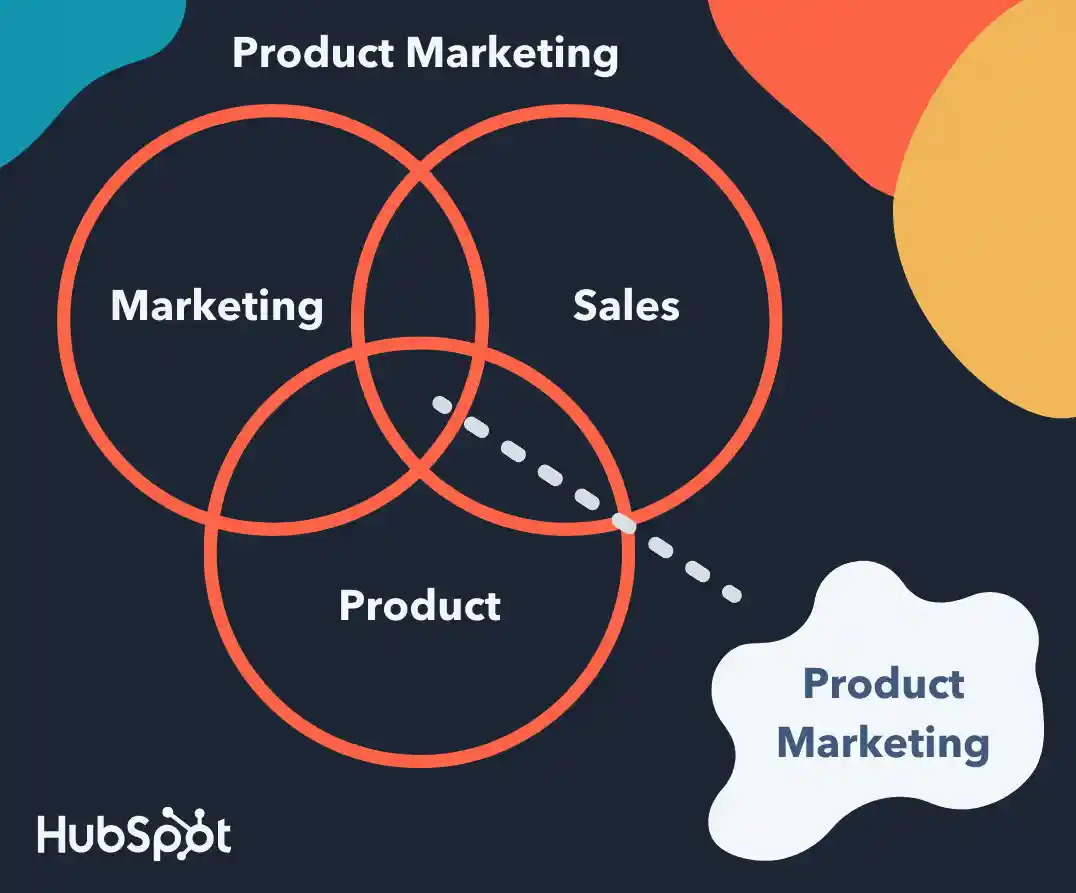

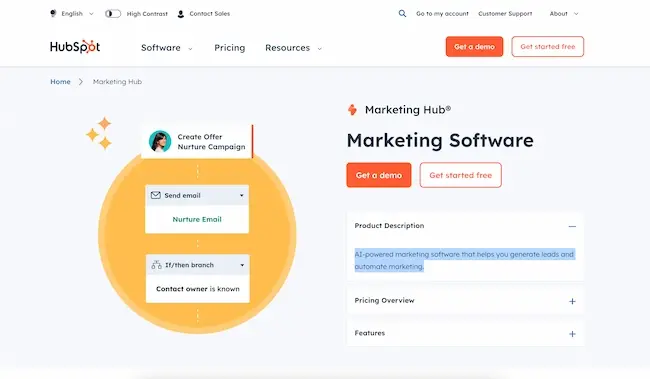
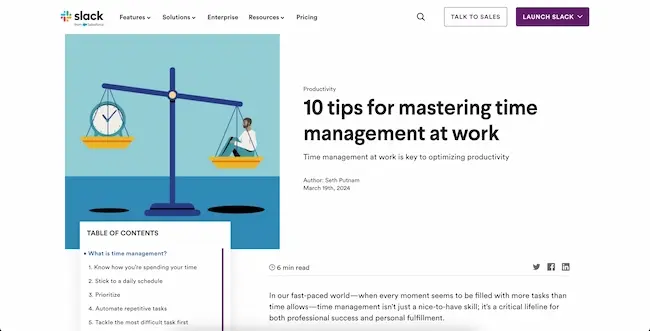
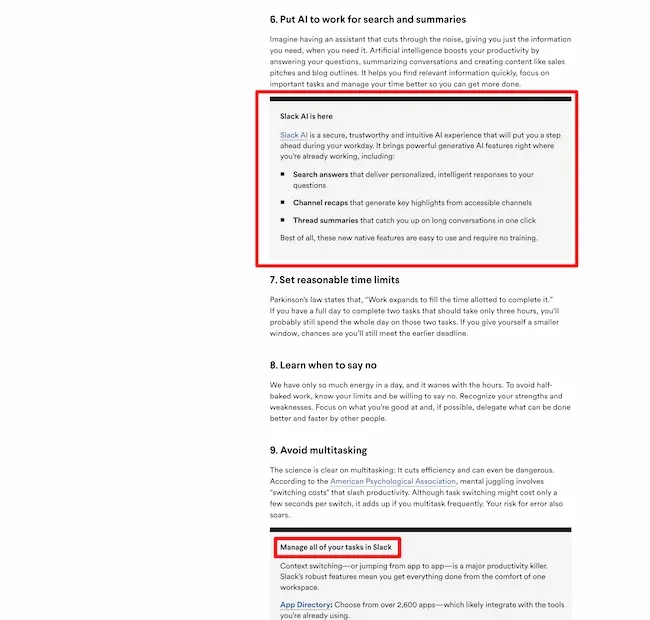
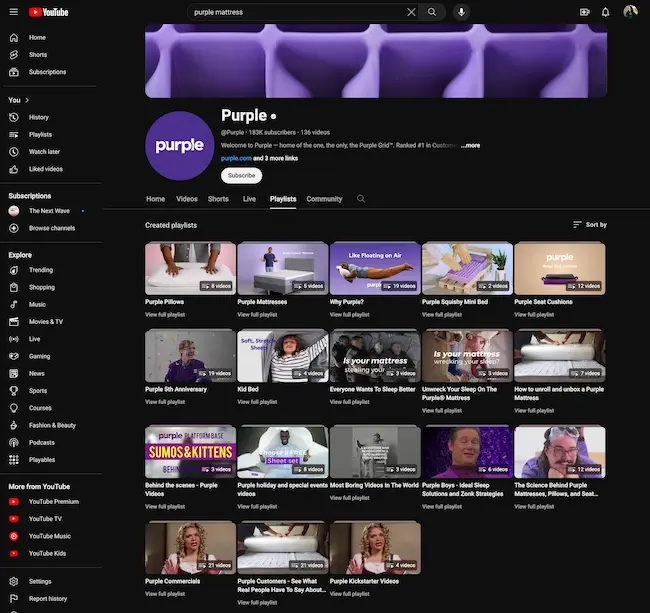

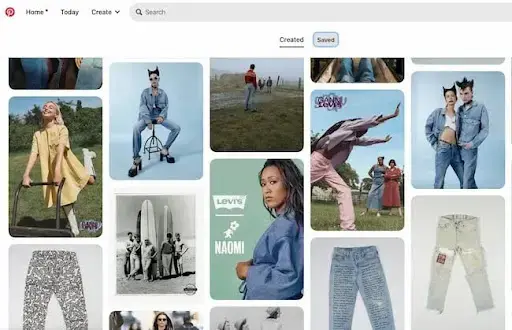
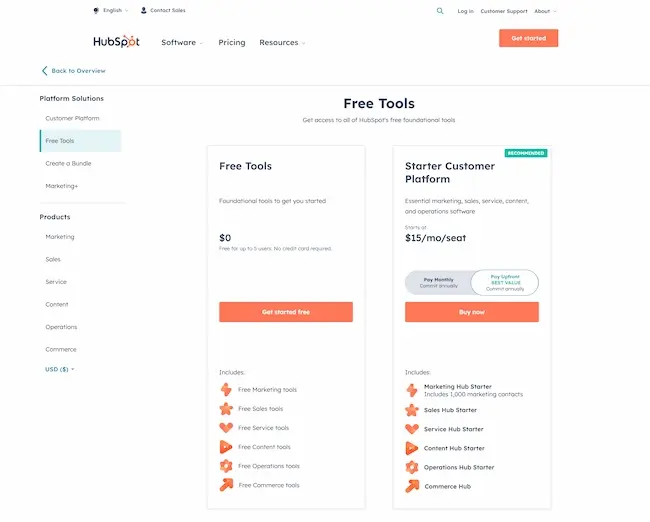
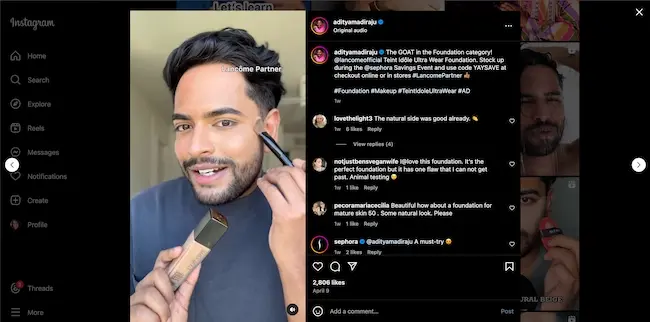
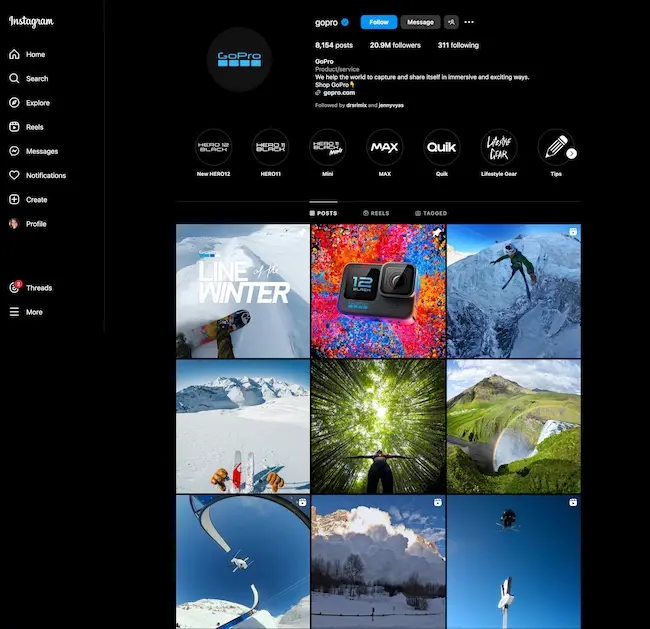
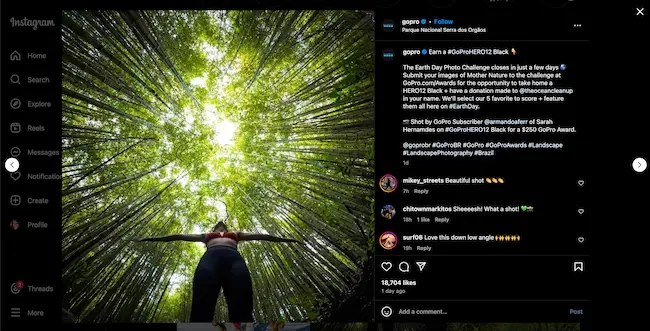
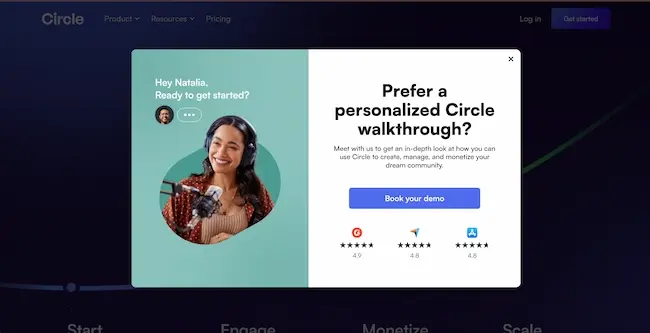

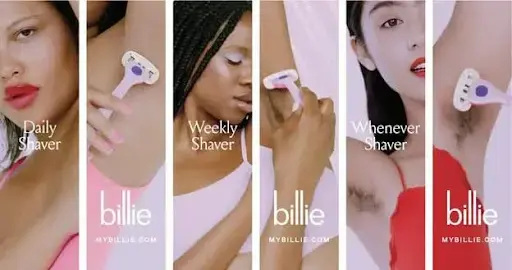
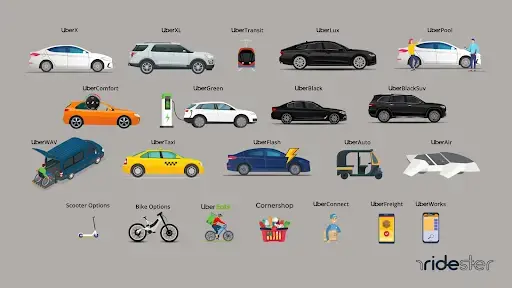

![Free Download: How to Create a Style Guide [+ Free Templates]](https://i4lead.com/wp-content/uploads/2024/05/76520ae5-1a3b-4055-9e8e-95e150b90965.png)
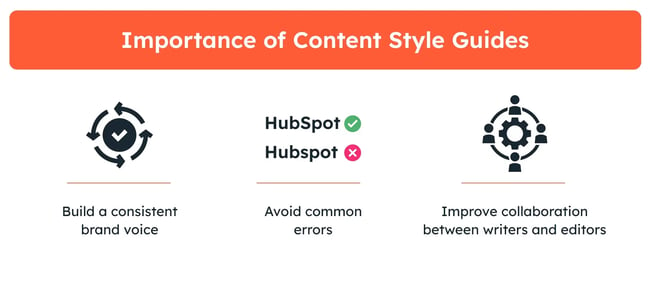
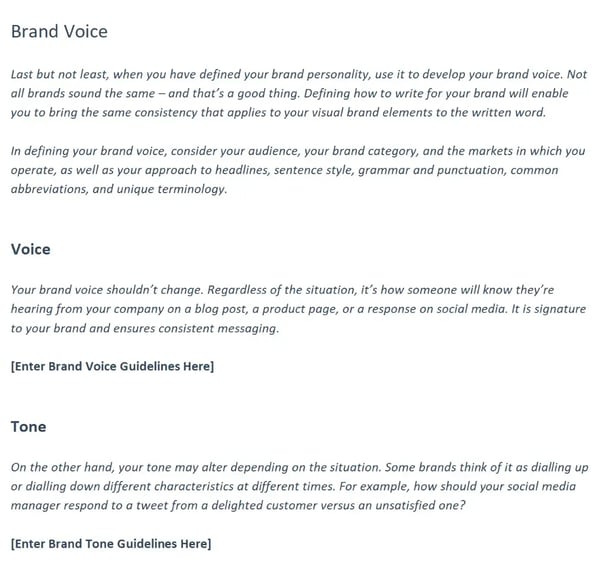
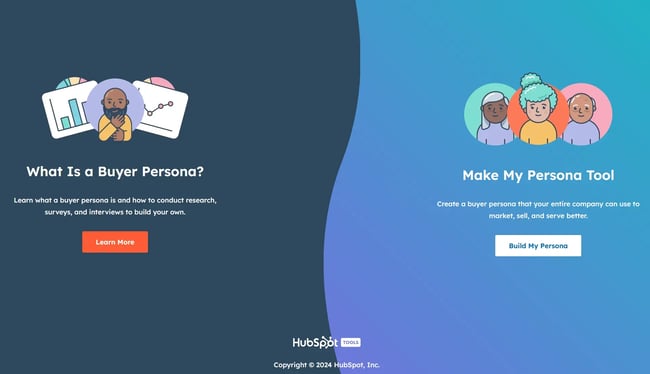

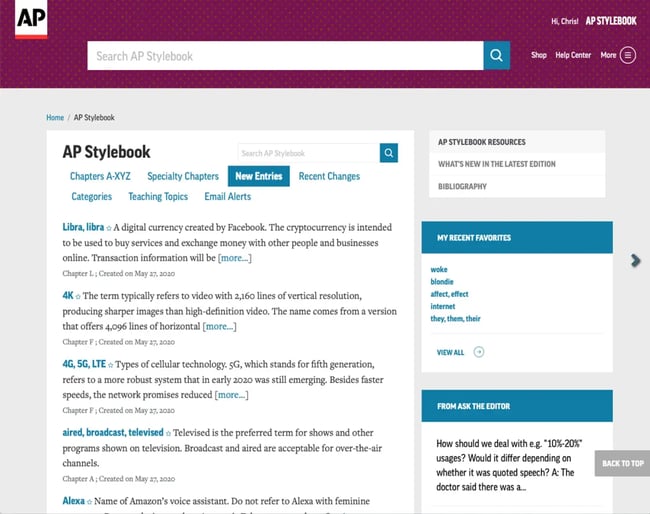
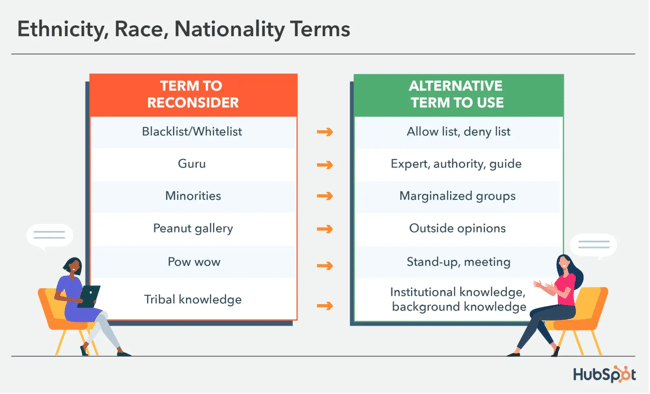
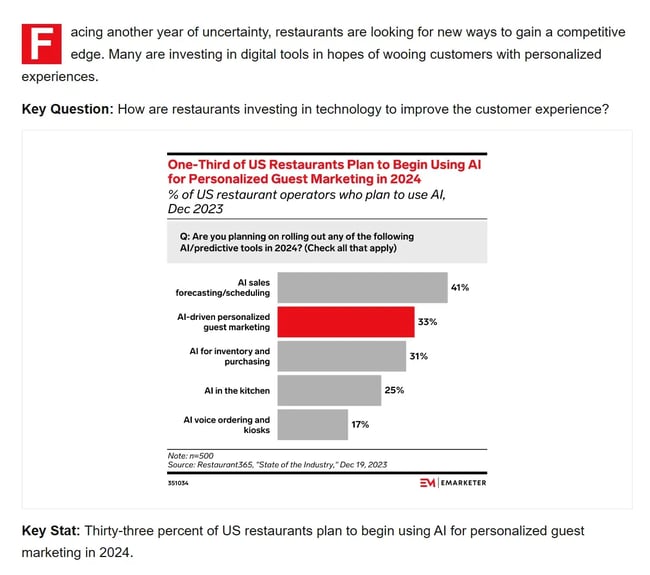
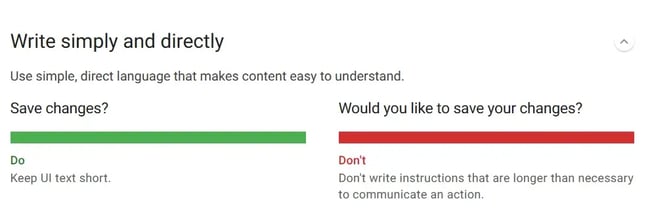
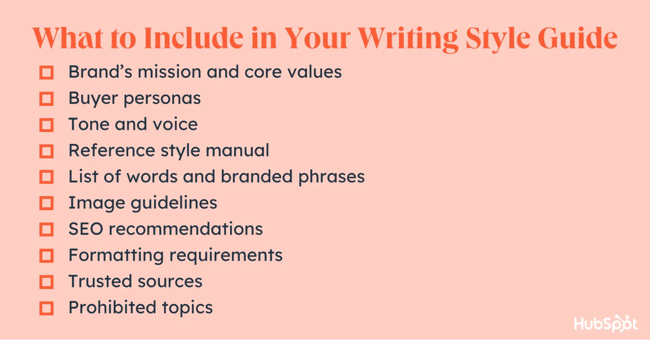
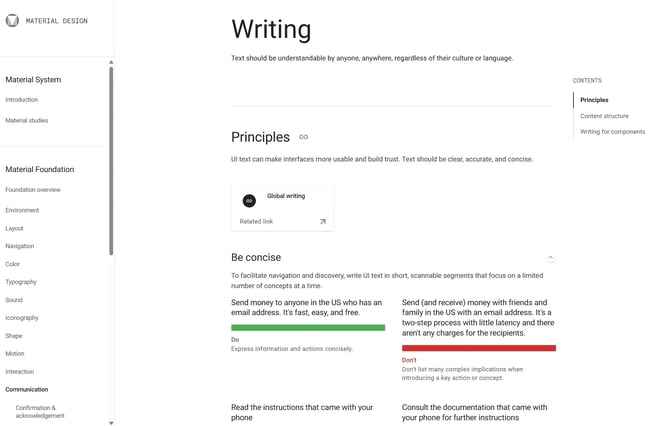
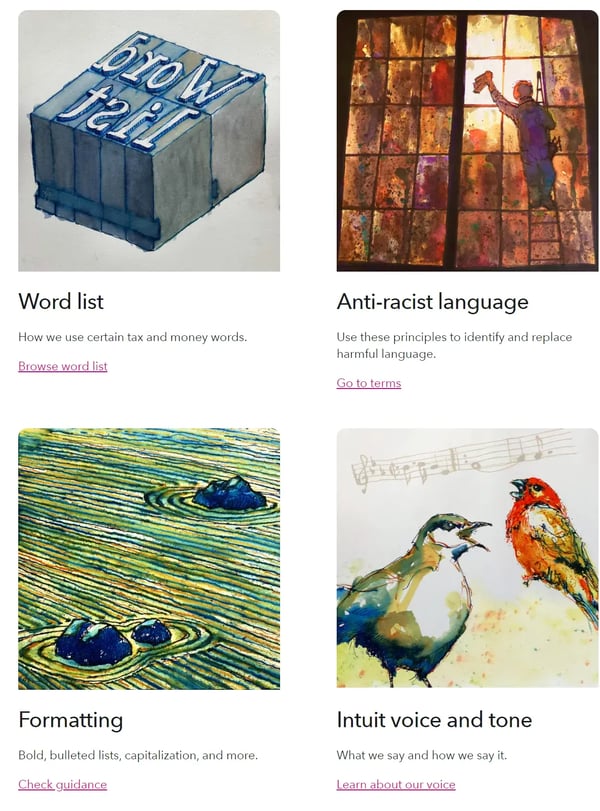

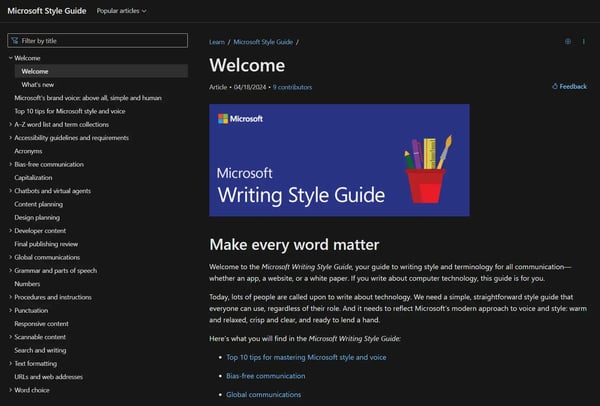
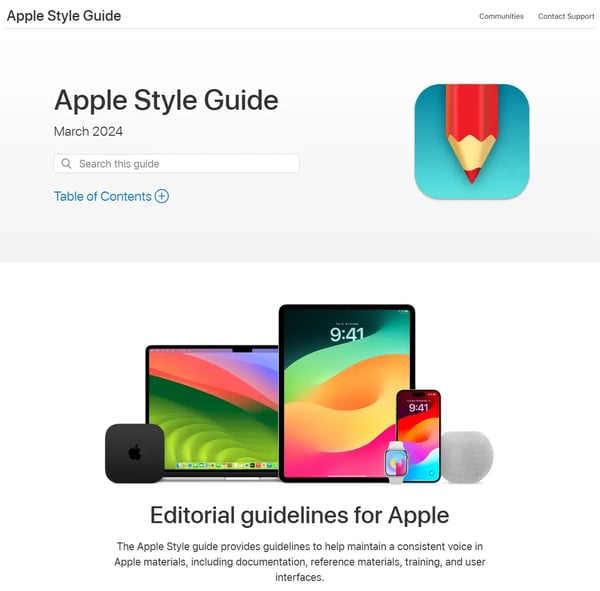
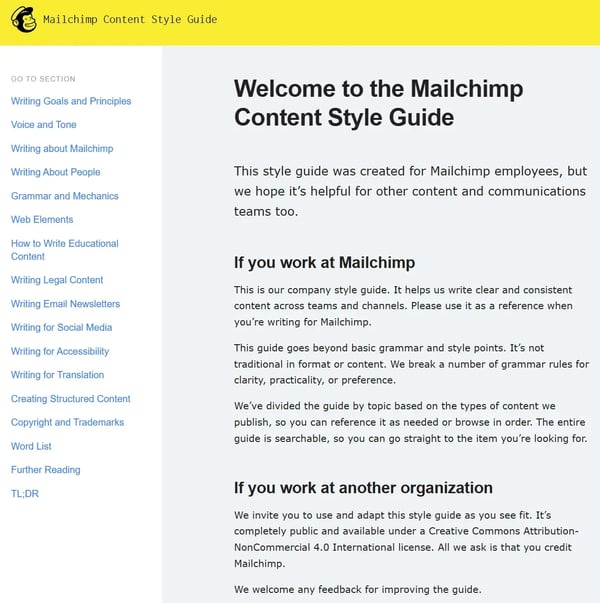
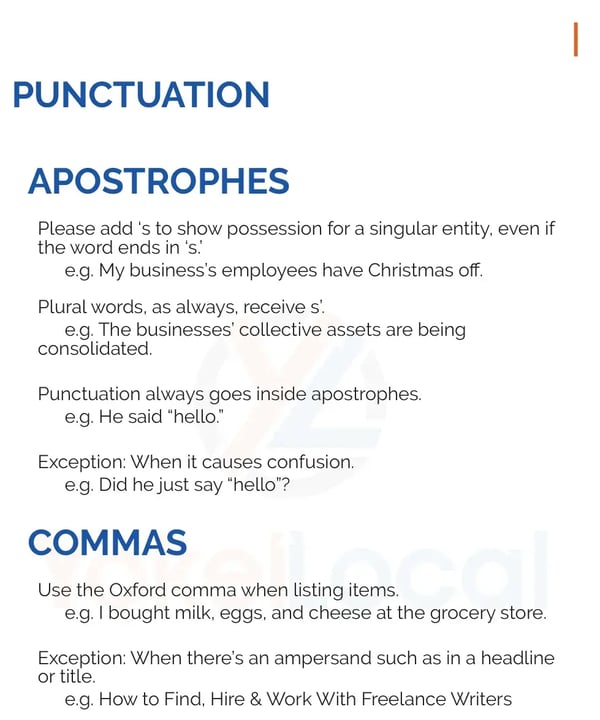








![→ Download Now: The Beginner's Guide to Email Marketing [Free Ebook]](https://i4lead.com/wp-content/uploads/2024/05/53e8428a-29a5-4225-a6ea-bca8ef991c19-1.png)

![Download Now: The 2024 State of Social Media Trends [Free Report]](https://i4lead.com/wp-content/uploads/2024/05/3dc1dfd9-2cb4-4498-8c57-19dbb5671820.png)

